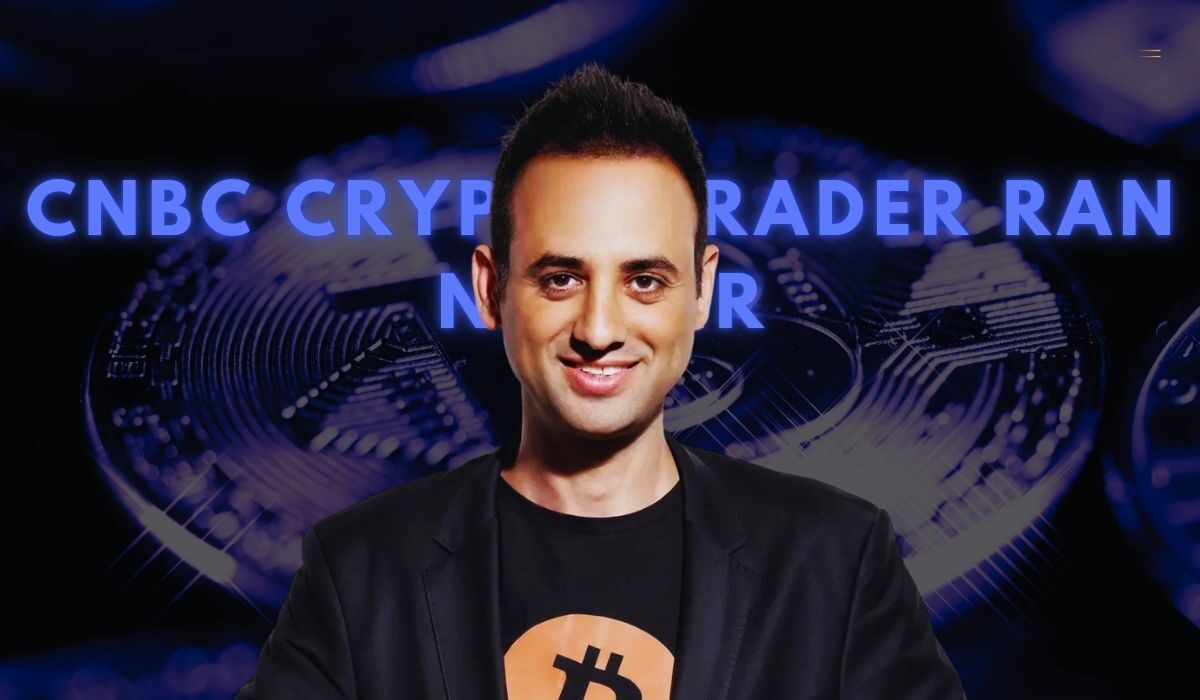Monad will become a Ghost Chain in the Next Cycle: CNBC Crypto Trader Ran Neuner

Key Takeaways
- Ran Neuner has tweeted in his official X account that Monad will become a “Ghost Chain” in the next cycle.
- Monad may not provide any competitive advantage to the investors in the next cycle, and it will not be worth the effort to sustain its relevance.
- Despite Monad’s high throughput and scalability, it has failed to adapt to developer, user, and dApp ecosystems.
Ran Neuner, a CNBC crypto trader and founder of Crypto Banter, a crypto podcast channel, has predicted the doom of Monad by the next cycle. He has tweeted in his official X account that Monad will become a “Ghost Chain” in the next cycle. He goes on to say that there is literally no reason for Monad to exist.
What this prediction means is that Monad may not provide any competitive advantage to the investors in the next cycle, and it will not be worth the effort to sustain its relevance. Neuner’s prediction is a caution for investors regarding Monad’s viability in the future cycle. This is not an isolated occurrence. Blockchain projects with fewer innovations will eventually fade when investor interest shifts to other blockchains.
What Factors will make Monad a Ghost Chain?
Ghost chains are blockchains that fail to attract developers, users, or trading activity, leading to low transaction volume and community engagement. Though technically operational, such blockchains will not add any value to the investors’ efforts. Eventually, less active blockchains will not attract heavy engagement and will become obsolete.
The factors that could lead to Monad becoming a ghost chain are given below.
- While Monad’s token unlock schedule will start in late 2026, there is a possibility of significant selling pressure, leading to price volatility and loss of investor confidence. This is because Monad does not have any specific utility vested in it.
- The general volatility and speculative nature of the crypto market, along with tightening liquidity and ETF outflows, could undermine the chances of Monad’s ecosystem growth.
- Monad has been facing high competition in terms of ecosystem adoption. Despite Monad’s high throughput and scalability, it has failed to adapt to developer, user, and dApp ecosystems.
- Other technical glitches and bugs have caused reduced network reliability, which makes Monad untrustworthy for the users.
- Monad failed to provide its investors with any strong long-term value or real-world applications. The low competitiveness has made Monad obsolete, with investors moving to other blockchains of high utility.
How will it Affect Token Holders?
Monad’s likely transition to a ghost chain will have adverse effects on its token holders. When it becomes a ghost chain, it will have less network activity, lower developer engagement, and reduced user adoption. This will result in a sharp decline in token utility and value. They may find it hard to trade the tokens, as investors will not consider them as a viable asset for investment.
The centralized nature of Monad’s tokenomics, where a major share is held by investors and insiders, with limited retail participation, could worsen the situation. The investor confidence and liquidity of Monad erode if it becomes a ghost chain. This will cause harm to the token holders. Unless Monad token holders plan to migrate to other assets, they will have to endure the loss.
The Bottom Line
Ran Neuner’s prediction of Monad becoming a ghost chain is based on solid evidence. This is a warning sign for Monad holders to start migrating to other assets so that they do not have to suffer any loss.
Crypto & Blockchain Expert

